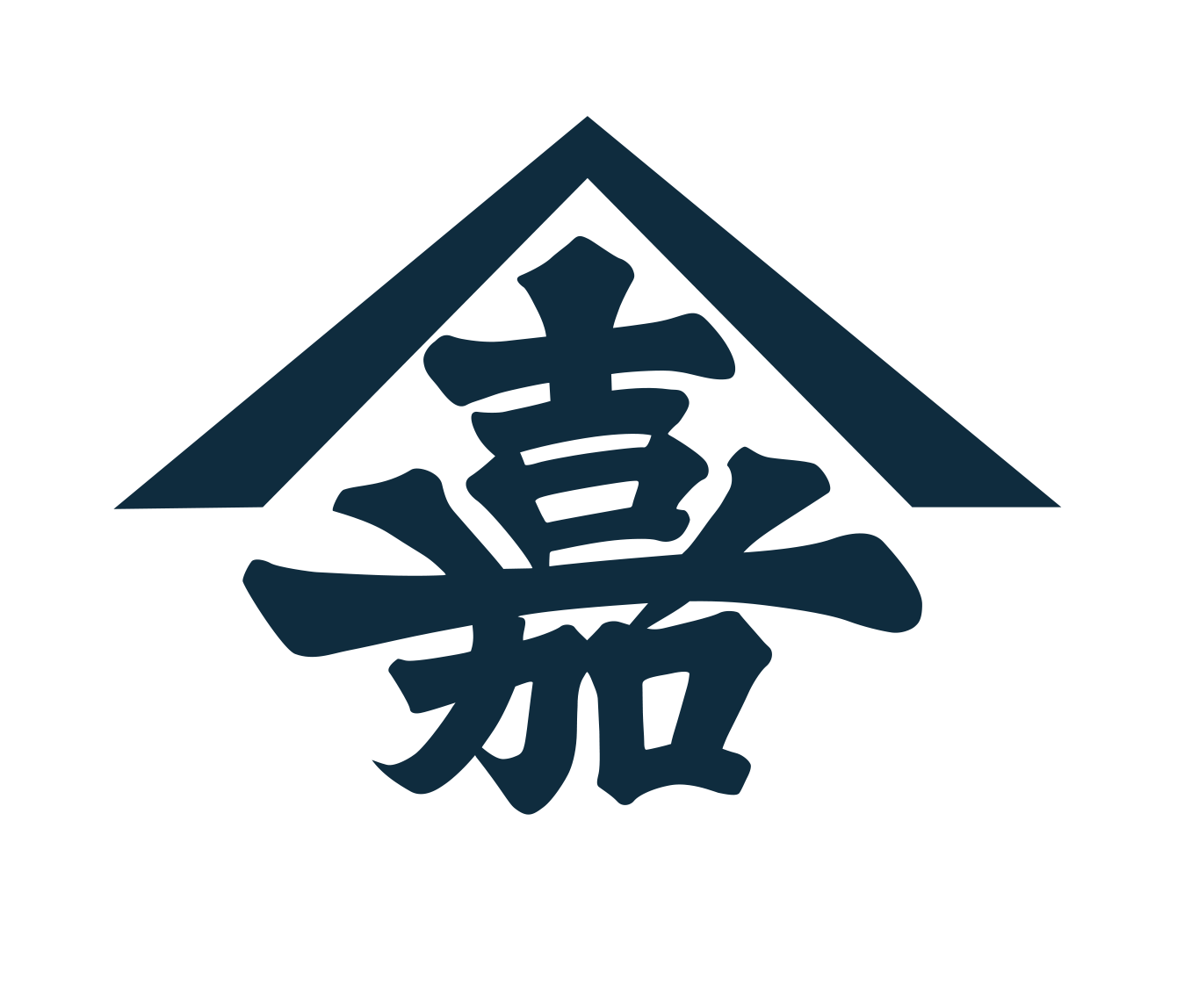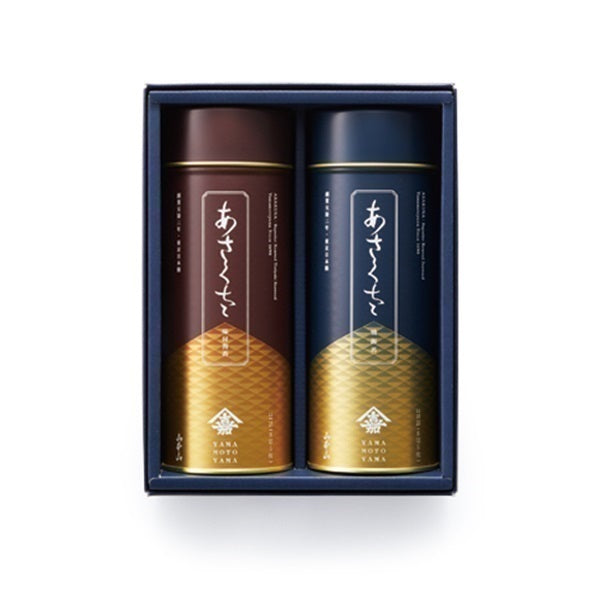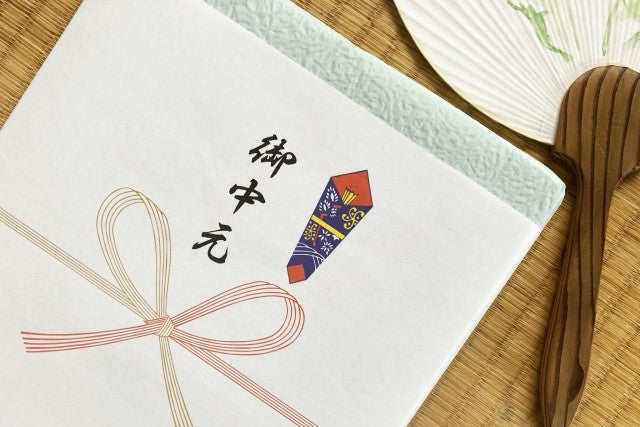
The ruler of Japan, Toyotomi Hideyoshi and the tea ceremony | The Golden Tea Room, Kitano's Grand Tea Ceremony, and his encounter with Mitsunari
Introduction
When thinking of historical figures who loved tea, the first person that comes to mind is probably Toyotomi Hideyoshi, known for his magnificent golden tea room.
Oda Nobunaga, a warlord during the Sengoku period, positioned the tea ceremony as a political ritual and used tea utensils for political purposes, such as for communicating between people in power and as rewards to his vassals.
Hideyoshi also followed Nobunaga's footsteps and used the tea ceremony as a means of demonstrating authority.

The gorgeous golden teahouse: Hideyoshi's passion for tea
A representative example of this is the Golden Tea Room that he created together with Sen no Rikyu for the Imperial Tea Ceremony, where tea ceremony was performed for the Emperor.
The gold tea room is sometimes seen as an example of nouveau riche tastes due to its splendor, but it was also a symbol of the financial power and authority of Hideyoshi, the powerful man of the time. At the same time, it is said to have been a breathtakingly beautiful space that embodied Rikyu's outstanding aesthetic sense.

Interaction with the People: The Significance of the Kitano Tea Ceremony
However, Hideyoshi's involvement with tea was not just a display of authority.
The best example of this is the Kitano Daichayu, held at Kitano Tenmangu Shrine in Kyoto in 1587.
This was a tea ceremony of unprecedented scale, open to the general public, regardless of social status, sect, or place of residence. Hideyoshi even set up a tea ceremony himself, enjoying tea with many people.
This tea ceremony was not simply a display of Hideyoshi's wealth and authority, but was also intended as a way for Hideyoshi, who had achieved national unification, to interact with the general public and promote a peaceful world.

Many tea masters, including Sen no Rikyu, also participated in this tea ceremony, each preparing tea in their own style and demonstrating their skills.
This can be seen as an expression of Hideyoshi's attempt to widely spread the culture of tea ceremony as well as to understand the various forms that tea ceremony can take.
The Kitano Grand Tea Ceremony can be seen as a symbolic event that shows Hideyoshi's deeper interest in the tea ceremony and his awareness of its cultural development, rather than simply being authoritarian.

A smoke that weaves together encounters
There is another episode that shows Hideyoshi's love of tea.
There is an anecdote that when Hideyoshi was still the lord of Nagahama Castle, he was served tea at Yamadera Temple, where he stopped off while falconry.
The person who prepared the matcha at that time was Ishida Mitsunari, a young monk at Mt. Hiei.

Mitsunari made a generous amount of lukewarm matcha into a large bowl, then half the amount of slightly hot matcha, and finally a very small amount into a small bowl.
There is an anecdote that at this time, Mitsunari observed how thirsty his customers were and adjusted the strength and amount of tea according to the situation.
Hideyoshi was so impressed by Mitsunari's intelligence that he hired him as a vassal.
History has proven that this encounter led to an encounter with an important figure who would later support the project of unifying the country.

Finally
In this way, for Hideyoshi, tea was not only a tool for demonstrating authority, but also a way to meet people and discover their talents.
Hideyoshi's encounters with Sen no Rikyu and Ishida Mitsunari were significant events in his life, and they show just how important a role tea played.




